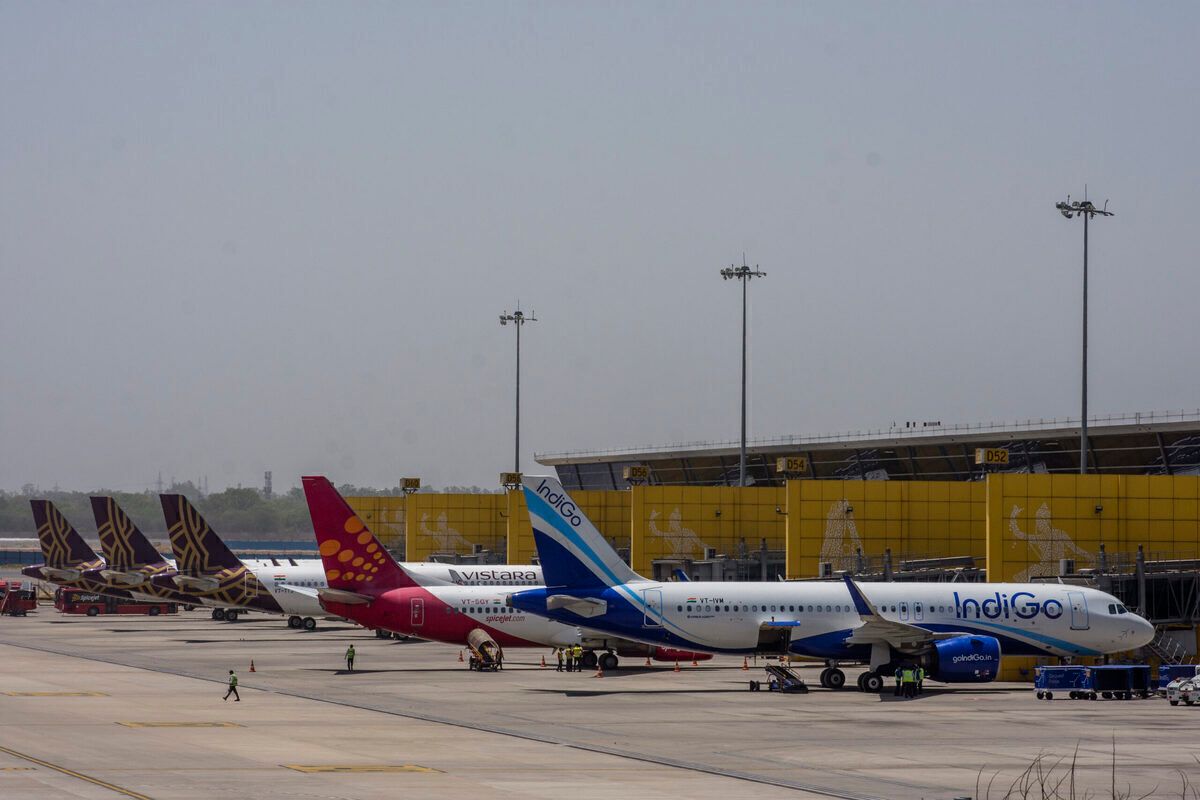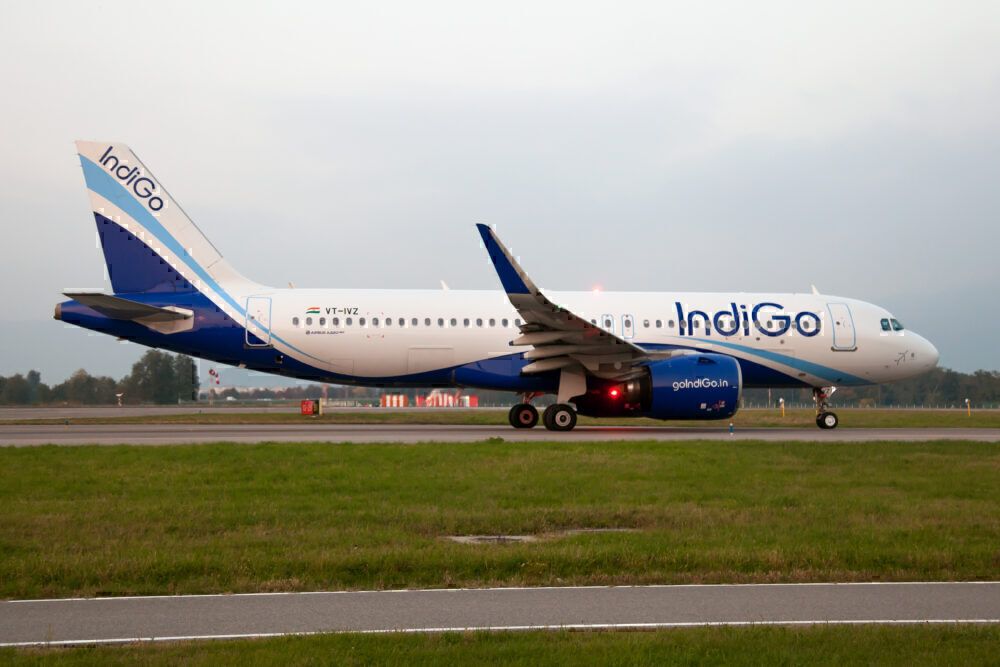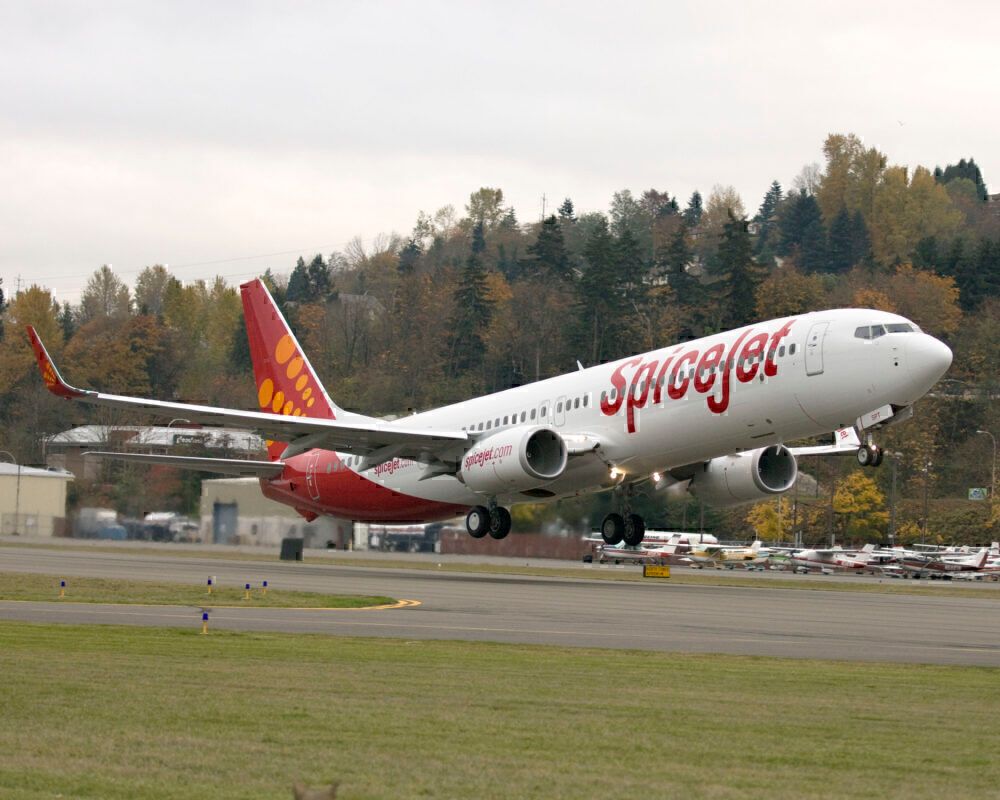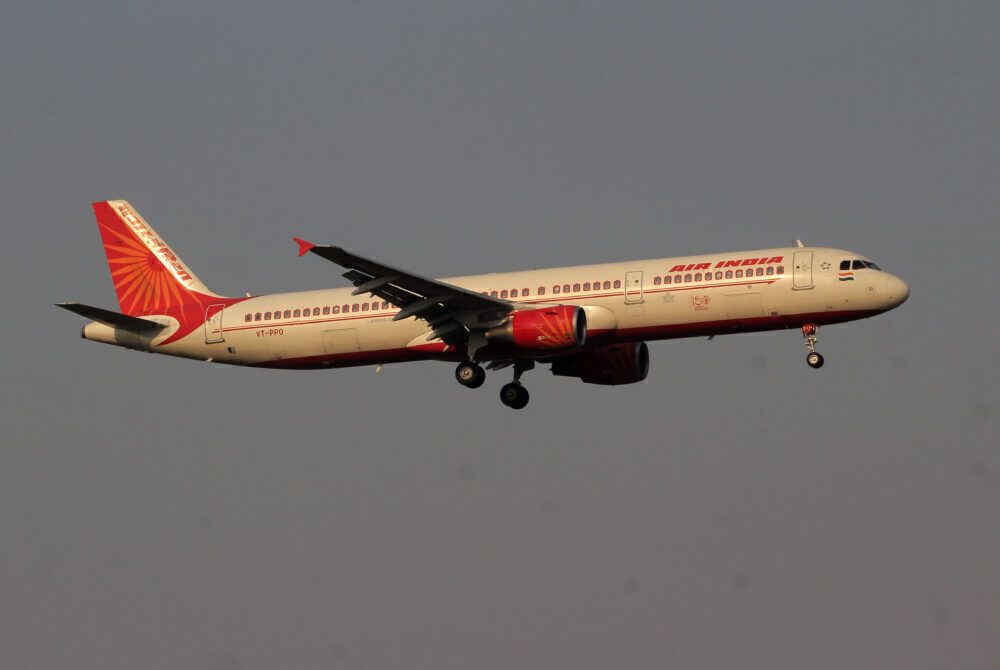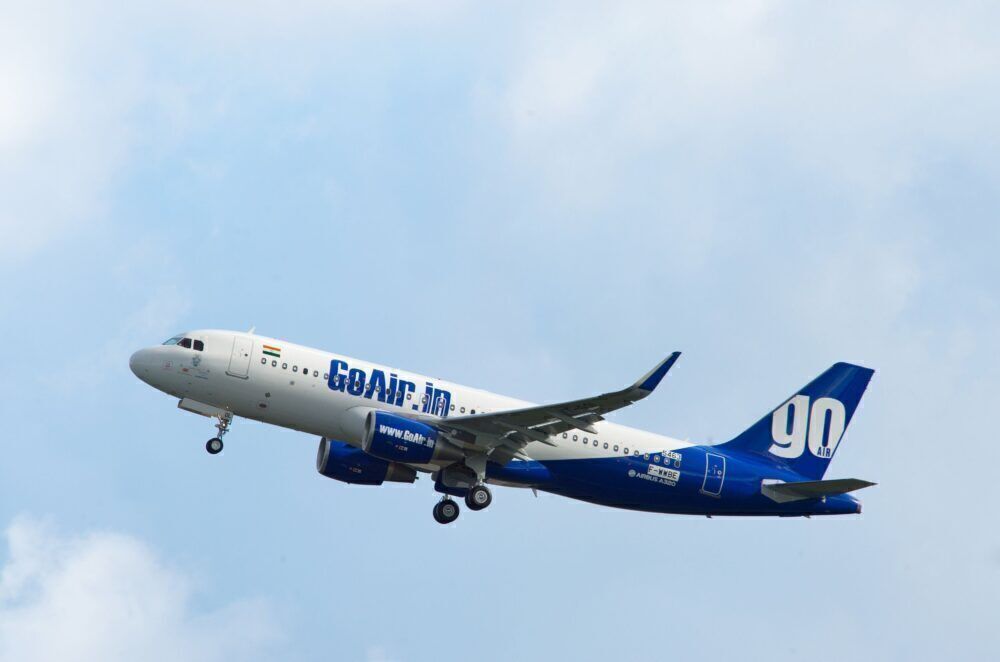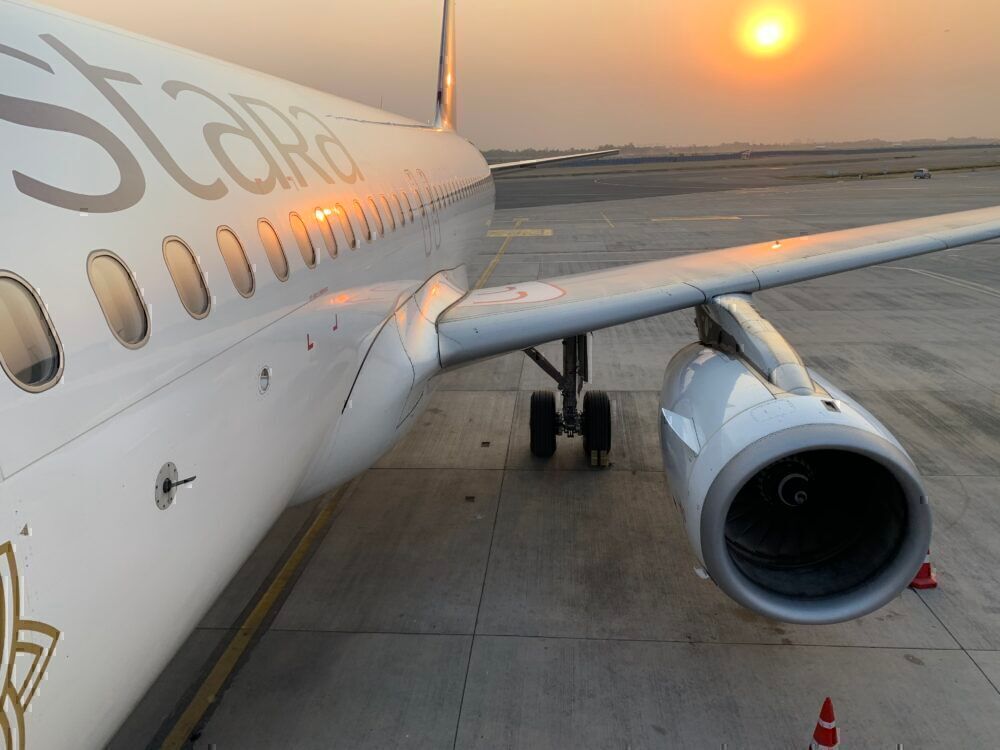As the world's third-largest aviation market, India is home to several rapidly-growing carriers. From low-cost airlines to new full-service competitors, the domestic market in India is extremely competitive. So which carriers dominate the market?
Top dog: IndiGo
The indisputable leader of the Indian domestic market is low-cost giant IndiGo. With a fleet of 250 aircraft, the airline currently boasts a market share of 54% as of April 2021. This puts the airline over 40% ahead of runner-up SpiceJet, signifying how dominant IndiGo's position in the market currently is.
Unlike other markets, the pandemic has largely solidified market share trends in India. IndiGo has increased its market share from roughly 40-45% to well into the 50-55% range. While there has been some fluctuation, IndiGo has held the majority since domestic flights resumed in late May last year.
However, IndiGo's dominant position does not come as a surprise to most. The airline has more aircraft than any other Indian carrier, with 250 Airbus A320neos and A321neos. This has allowed the airline to serve 63 domestic destinations and 24 international ones (pre-pandemic), with over 1,500 daily departures in February.
With the airline being Airbus' biggest customer by ordered aircraft, IndiGo is likely to remain in its top spot for a while to come. Moreover, once the pandemic eases, expect a flurry of new international routes as well.
Stay informed: Sign up for our daily and weekly aviation news digests.
Catching up
While the top of the list has been the same for years now, there is much more competition for second place. SpiceJet is currently India's second-largest airline, with a market share of 12.8% as of April 2021. The low-cost airline currently operates a fleet of Boeing 737s and Bombardier Q400s, along with a growing freighter aircraft fleet.
SpiceJet operates a diverse network across India, offering connectivity to many regional destinations in addition to the mainline routes. This has allowed the airline to consistently maintain a high load factor, a critical aspect of airline operations. Last month, the carrier had the highest load factor of 71%, reaching nearly 80% at the start of the year.
It is notable that SpiceJet's higher load factors can also be credited to the widespread use of regional jets like the Q400. The carrier is the largest operator of regional aircraft in the country, with 32 of the type. However, the airline's load factors are commendable in the extremely competitive Indian market.
Battling it out for number two
While SpiceJet might hold the number two position in the domestic market, it certainly isn't cemented there. In April, Air India had a domestic market share of 12%, making it the third-biggest and leaving a razor-thin margin of just 20,000 passengers between the pair. The flag carrier operates the most diverse fleet of any Indian airline, flying the A320 family, 747s, 777s, and 787s.
On domestic routes, the airline almost exclusively deploys its A319s, A320s, and A321s, a total of 77 aircraft. While travelers can catch a hop on the 787s during domestic rotations, these flights are relatively few. Combined with subsidiary Alliance Air, the carrier serves nearly 100 domestic destinations.
Air India has had a rocky 2020 in the domestic market. The airline's focus on the Vande Bharat repatriation missions meant that it had far lesser domestic capacity available. The carrier saw its market share fall to a dismal 8% as others ramped up their domestic capacity with surging demand.
However, the last three months have seen the airline pry away market share from the likes of Vistara, AirAsia India, and SpiceJet to return to double-digits. India's devastating second wave means that nearly every major market has restricted or suspended flights from India, allowing more planes to serve domestic routes.
If all goes well, Air India could be closing in on the number two spot very soon.
Go First
India's fourth-biggest airline is currently GoAir, which recently renamed itself Go First as part of its ultra-low-cost-carrier (ULCC) transformation. The Wadia Group-owned airline notched a market share of 9.6% in April, up more than 20% from the previous months' figures. The carrier has seen its presence hover between 7 and 10% for the last year as it finds its feet after the pandemic.
Similar to IndiGo, Go First is an all-Airbus A320 airline, flying a fleet of 55 mainly A320neos and a handful of -200s. The carrier flies to 28 domestic destinations, giving it a relatively small footprint across the country. However, unlike other airlines, GoAir has notable focus cities in its network where it is dominant.
Despite a challenging 2020, this year holds a lot of promise for Go First. The carrier recently hired industry veteran Ben Baldanza to lead the carrier's ULCC shift and is planning a huge IPO to bolster its finances. Even with the second wave, the airline continues to hold its market share steady and is likely to remain a major player.
Tata-backed
Coming in the fifth- and sixth-position are Tata-owned airlines AirAsia India and Vistara. Both carriers have struggled to gain a substantial market position over the year but do offer specific niches where they are dominant. AirAsia India had a market share of 6.2% in April, as the pandemic crushed flight traffic, and Vistara clocks a slightly lower 5.4% currently.
AirAsia India has emerged strong on certain leisure routes with an overall load factor of 64% but has struggled over the years. The carrier flies to 16 domestic destinations, many of which are hubs like Delhi, Mumbai, Goa, Bangalore, and more. AirAsia India is another all-Airbus A320 carrier (similar to its former parent airline) with a fleet of 34 aircraft.
Meanwhile, Vistara is carving a space for a full-service airline in the domestic market. The airline offers a premium economy and business cabin on nearly all of its routes, giving passengers a far more comfortable journey. However, this strategy has struggled in a price-sensitive market like India, with low-cost airlines doing far better.
Vistara has focused its efforts on its international operations more recently, inducting a fleet of Boeing 787-9s, the second Indian airline to have widebodies, and flying long-haul to destinations like London, Frankfurt, and Tokyo.
Growing space
While these six airlines might dominate the Indian market right now, this list will not remain stagnant for long. In the past, carriers like Kingfisher and Jet Airways have crashed out dramatically, while low-cost airlines like IndiGo and SpiceJet have risen quickly. As traffic continues to grow in India, expect many more airlines to try and expand their reach in the country.
What do you think about India's domestic aviation landscape? Have you flown with any (or all) of these airlines? Let us know your thoughts in the comments below!

